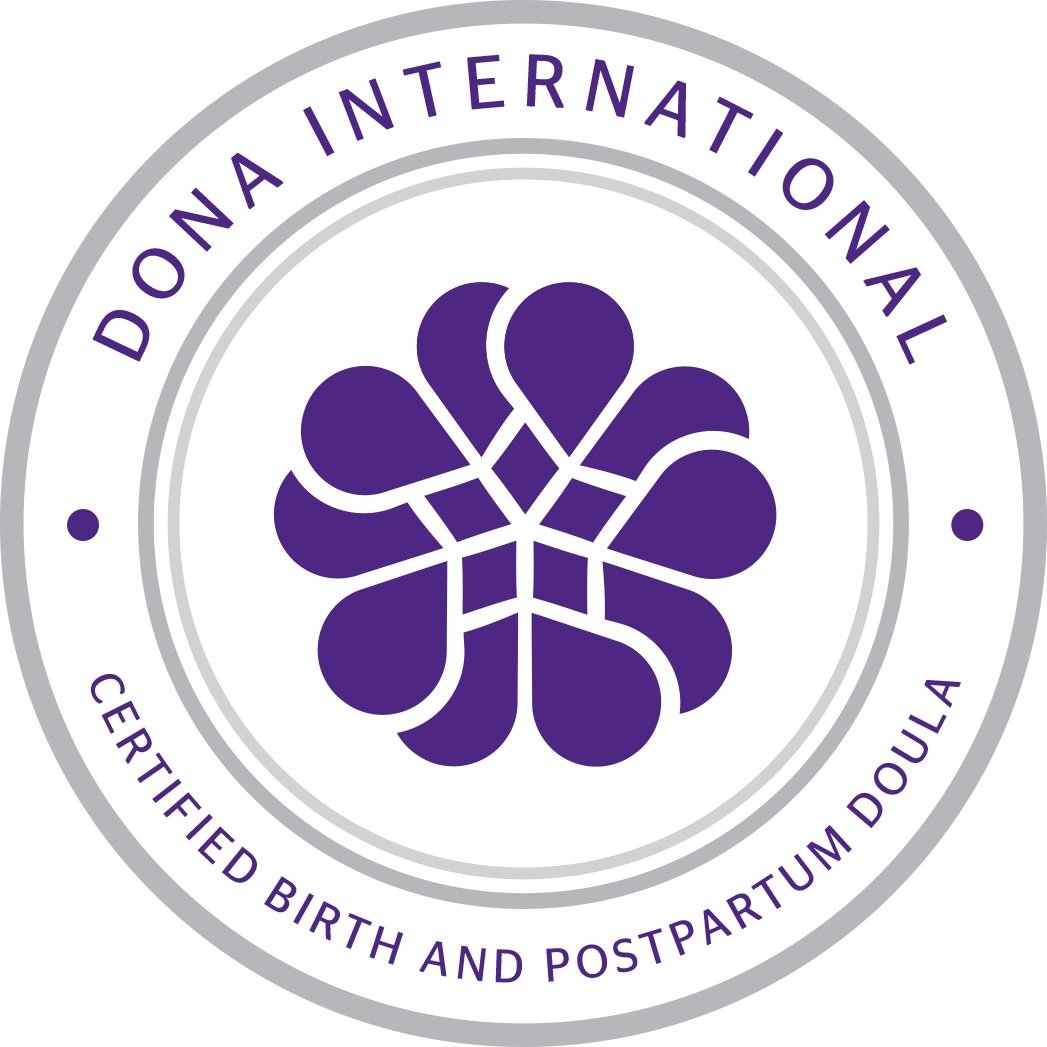What happens to our fertility during peri-menopause?
Breastfeeding & Natural Fertility - As a contraceptive? Is it really possible?
I wrote a quick Instagram post on breastfeeding and fertility a while ago and got so many queries, I thought it was timely to write a blog and answer those most frequently asked questions.
So if you haven’t seen or read by now and somehow just landed on this page, then I shall introduce myself as a mutli-modality trained holistic health/educator and birth support practitioner. Part of my role is working as an Accredited Natural Fertility Educator with Natural Fertility NZ. I offer fertility awareness and for couples wishing to achieve conception or avoid conception, I teach them the sympto-thermal method. I went on to complete further training in teaching perimenopause guidelines and breastfeeding & fertility. Here is what I have to offer specifically for those who are pregnant and considering contraception already (yes - you do need to think ahead!), or for those with a new baby and considering what may be the best option for them.
QUICK ANATOMY & PHYSIOLOGY LESSON:
Prolactin - A hormone secreted by the anterior pituitary gland. It increases during pregnancy, and acts together with progesterone in particular, to promote alveolar growth as well as playing a major role in milk production. Oestrogen, the growth hormone, and corticosteroids are the major hormones involved in the growth duct tissue. Prolactin is high in late pregnancy, but high oestrogen blocks its release.
After the birth, oestrogen levels drop and the prolactin is released in pulses 24hrs a day. Prolactin levels remain high for the first three months after birth. Prolactin is an important hormone in the initiation of lactation. Once the baby starts suckling, the nerves are stimulated and signal the hypothalamus, which in turn signals the anterior pituitary gland, to release prolactin.
Frequent suckling maintains adequate milk production and release the stored milk. Prolactin levels decline gradually after birth and return to normal levels 2-3 weeks after birth in the non-breastfeeding woman.When suckling is reduced, for example, when solid foods are introduced, or baby sleeps through the night, prolactin secretion returns to normal and menstruation and/or ovulation resume.
LAM OR LACTATIONAL AMENORRHEA METHOD:
Relies on EXCLUSIVE breastfeeding (Exclusive breastfeeding is: no formula/water given and no solid foods (but medictions if required), not having a bleed after 8 weeks and a baby that is less than 6 months of age. This method requires no charting, but a commitment to exclusive breastfeeding while using it. This method also works if you are expressing as well as breastfeeding e.g. express during the day and breastfeed at night.
Quick check list if LAM is right for you:
Is your baby less than 6 months old? If yes, then:
Are you amenorrhoeic? No bleeding OR spotting since 8 weeks? If yes, then:
Are you exclusively breastfeeding? If yes, then:
GREAT! Exclusive breastfeeding provides at least 98% protection from pregnancy and YES you can use this method.
If you answered NO to any of the above, the answer is NO as your chance of pregnancy is increased and you cannot rely on LAM for contraception.
BREASTFEEDING CHARTING:
Based on charting cervical mucus signs, vulva sensation and baby’s feeding and sleeping pattern to recognise infertility and the signs of returning fertility. This method requires detailed and thorough charting. This is an option for those who do not intend to exclusively breastfeed, those who return to work early, plan to introduce solids early, do not meet the LAM criteria as above.
If you do not meet the LAM criteria you may be eligible for Breastfeeding charting. This is a daily commitment which includes charting:
Date
Babys age
Number of breastfeeds in 24hrs
Longest time between feeds
Solids - How much/how often?
Bottle/supplement cups
Cervical mucus (colour, amount, texture)
Vaginal sensation (dry/damp/moist/wet/very wet)
Further notes e.g illness, medications etc
Further appointments with your educator include:
Help you to establish a BIP (basic infertile pattern), teach you how to check changes in your cervix (when you reach 12 week’s postpartum - called cervical palpation), guidelines to follow, things to look out for and when to contact your educator.
When your baby reaches 6 months of age, we switch you to a partial breastfeeding chart which includes daily temperature taking. A partial breastfeeding chart can be used by those who are not exclusively breastfeeding, by breastfeeding clients who are already breastfeeding charting but are showing signs of returning fertility.
When bleeding resumes, we switch you to a STM chart (using sympto-thermal method).
Your fertility educator will choose the appropriate method for you, support you while you are learning, help you with any queries and keep you informed about your charting along your journey.
QUICK FACTS:
Exclusive breastfeeding generally results in a delayed return to fertility. MOST (not all) women who exclusively breastfeed in a ‘cue based and responsive way’ will not have any menstrual periods or ovulate in the first 6 month’s postpartum
A publication printed in the British Medical Journal (BMJ) 2012 showed that menstruation on average occurred at 7 and a half months’ postpartum with ovulatory cycles ocurring at 8 and a half months
The maximum birth spacing effect of breastfeeding is achieved when a mother ‘fully” or nearly ‘fully’ breastfeeds and remains amenorrhoeic (bleeding before the 56th postpartum day being ignored). When these two conditions are fulfilled, breastfeeding provides more than 98% protection from pregnancy in the first six months. At six months, or if menses (period) returns, breastfeeding ceases to be full, or nearly full before the sixth month, then the risk of pregnancy increases.
References:
Contraceptive Technology & Reproductive Health Series, Lactational Amennorrhea Method (LAM), retrieved from: https://www.fhi360.org/sites/default/files/webpages/Modules/LAM/s1pg14.htm (October 12, 2021)
Natural Fertility NZ Incorporated - Advanced Practice Manual 2020
Panzetta S, Shawe J, Lactational amenorrhoea method: the evidence is there, why aren't we using it? Journal of Family Planning and Reproductive Health Care 2013;39:136-138.



